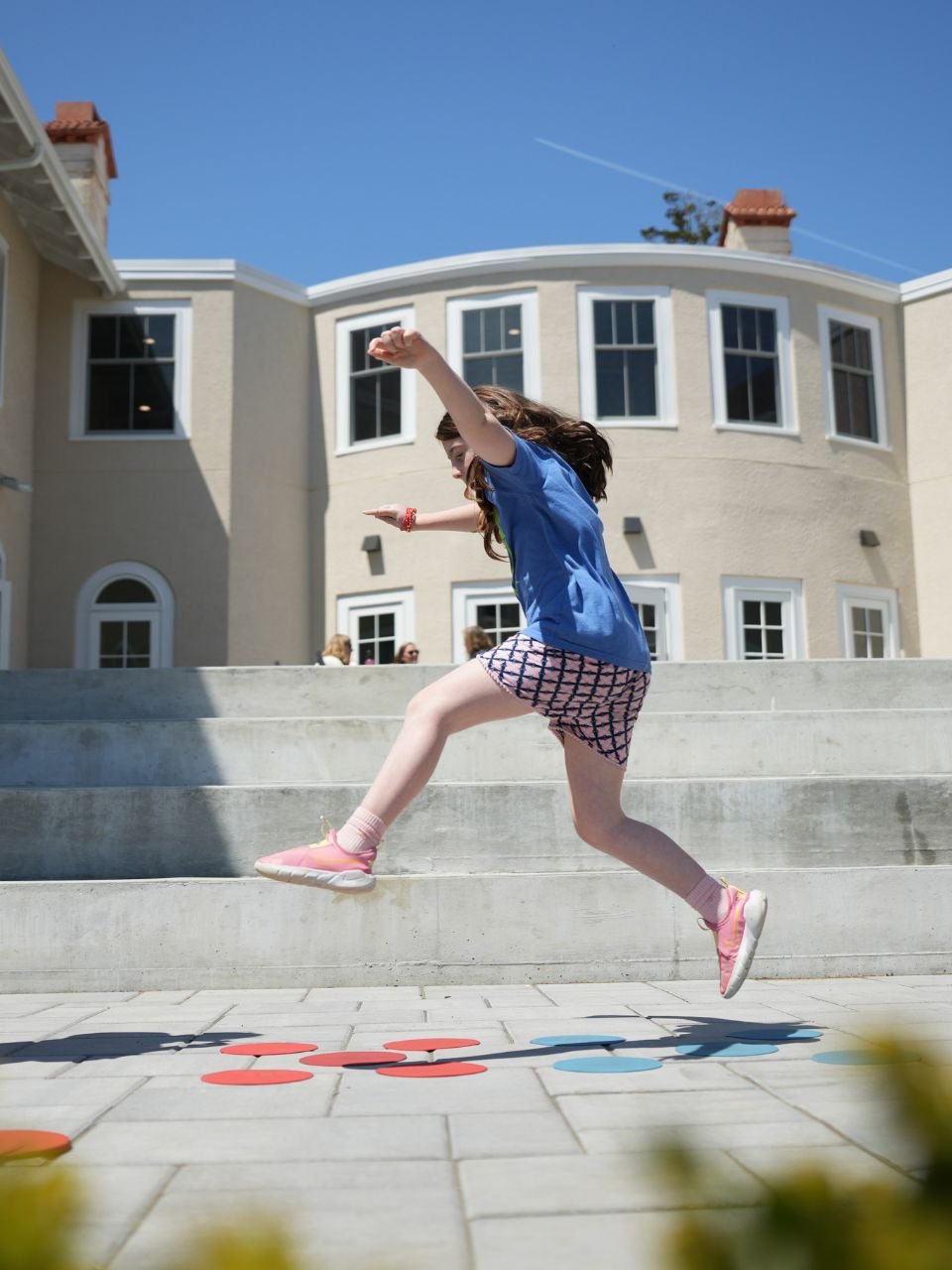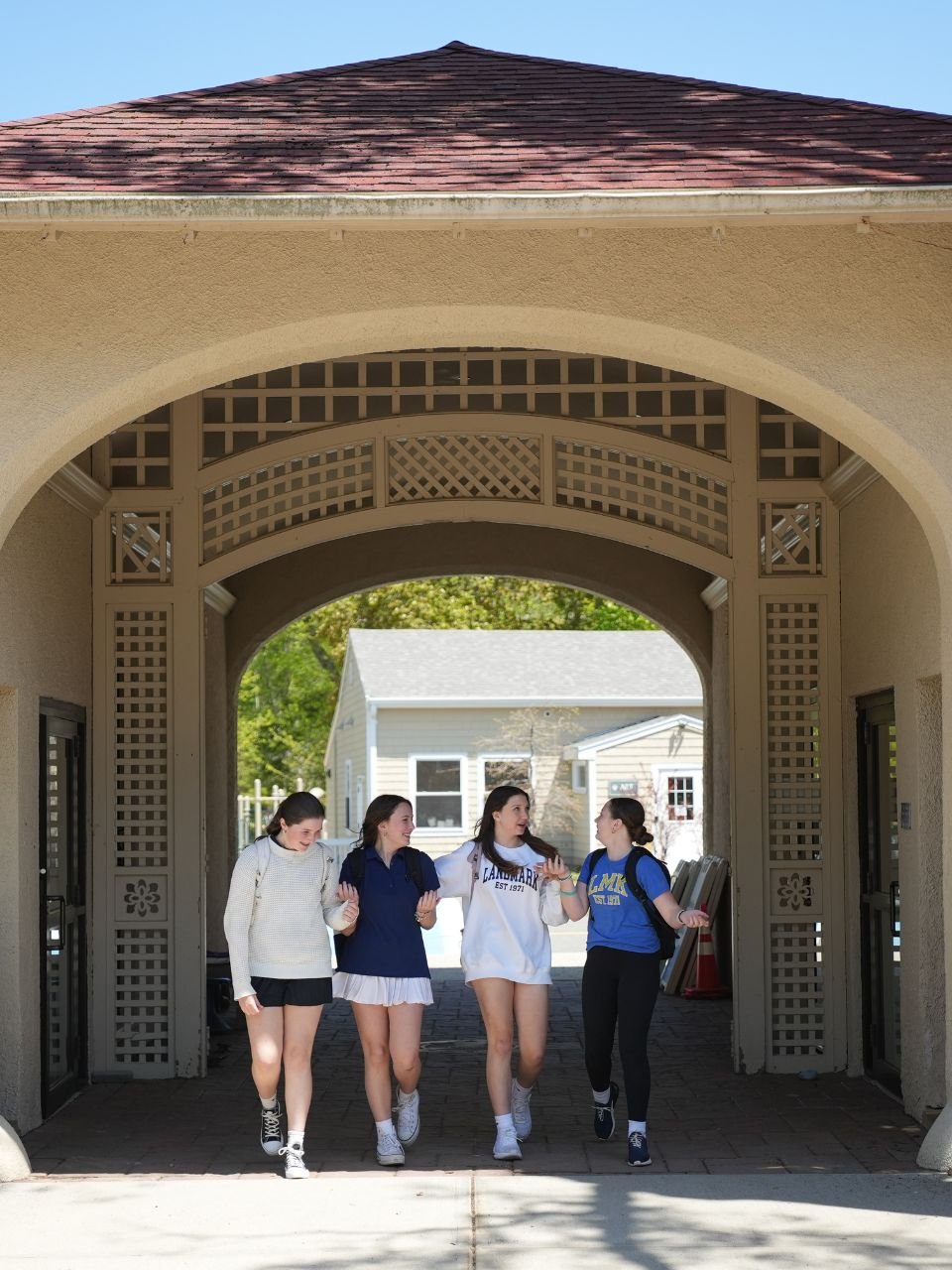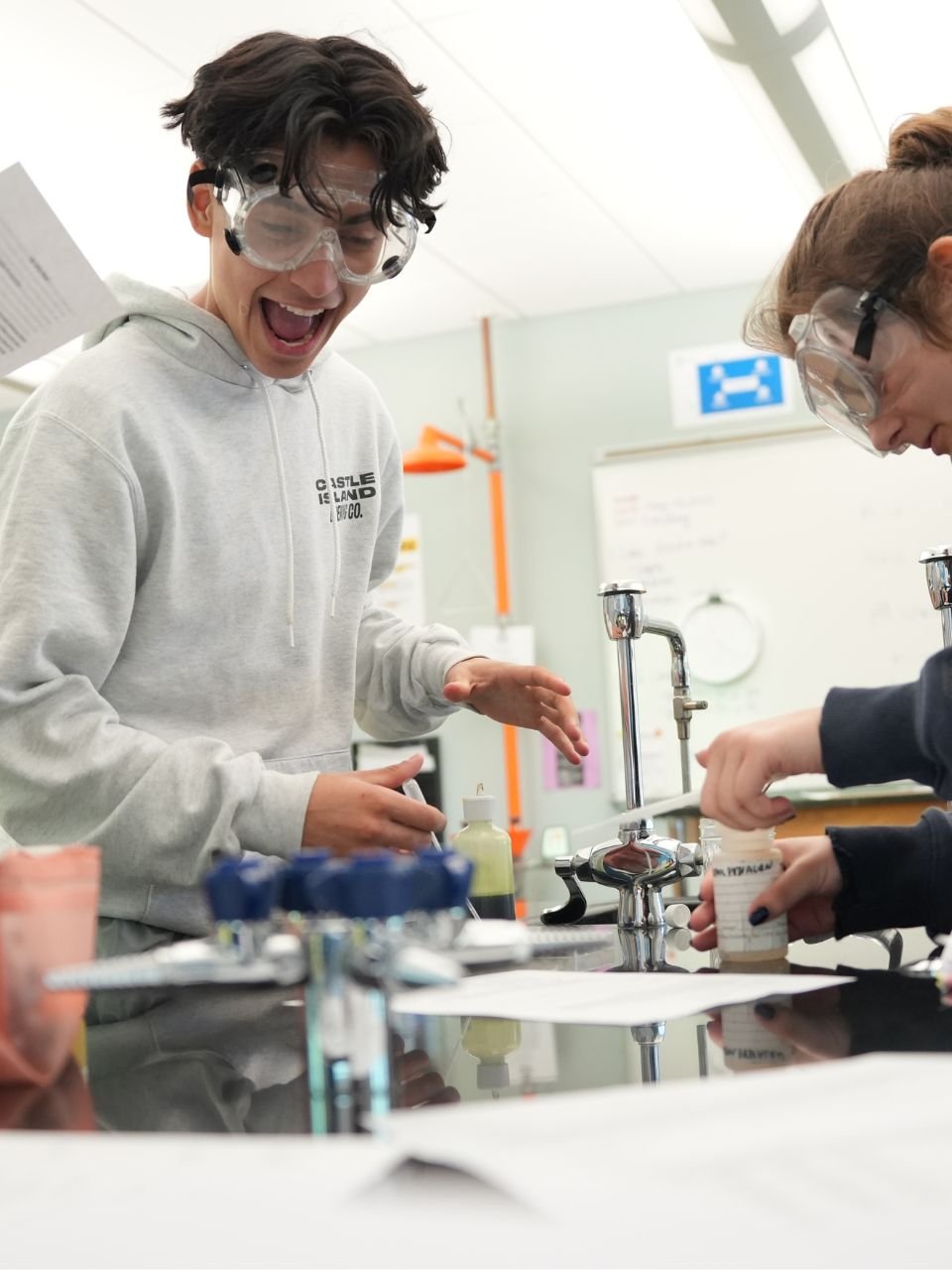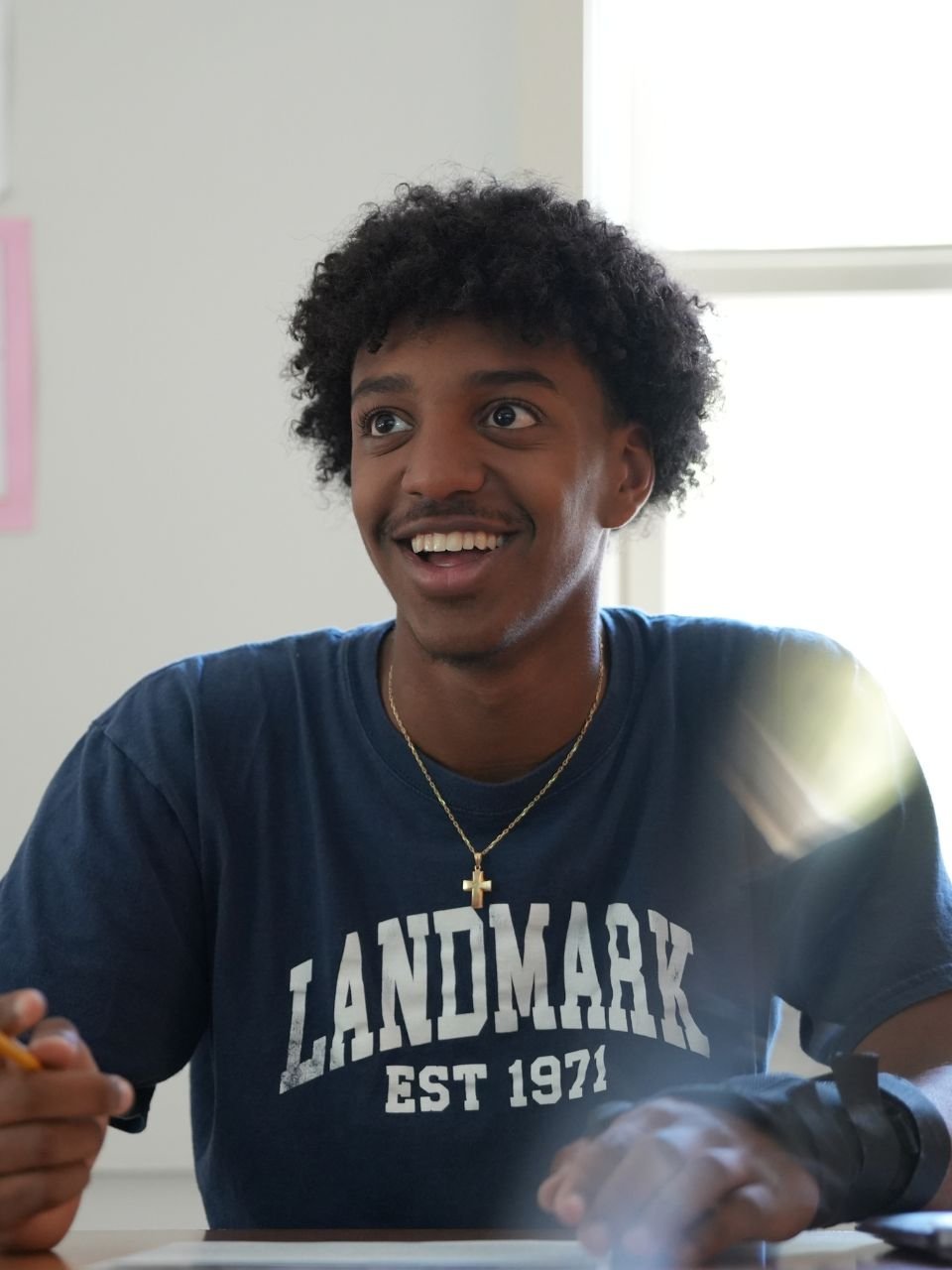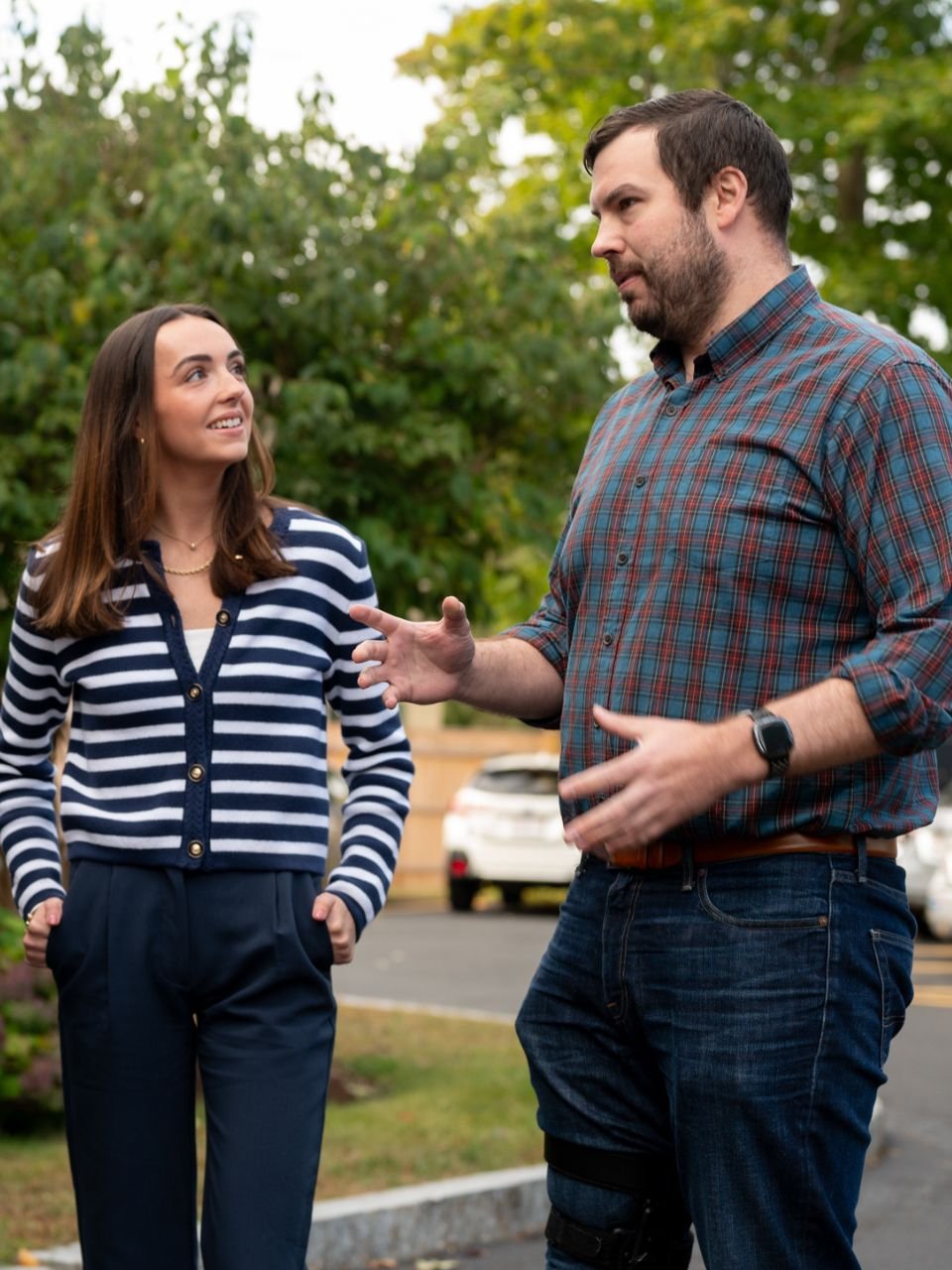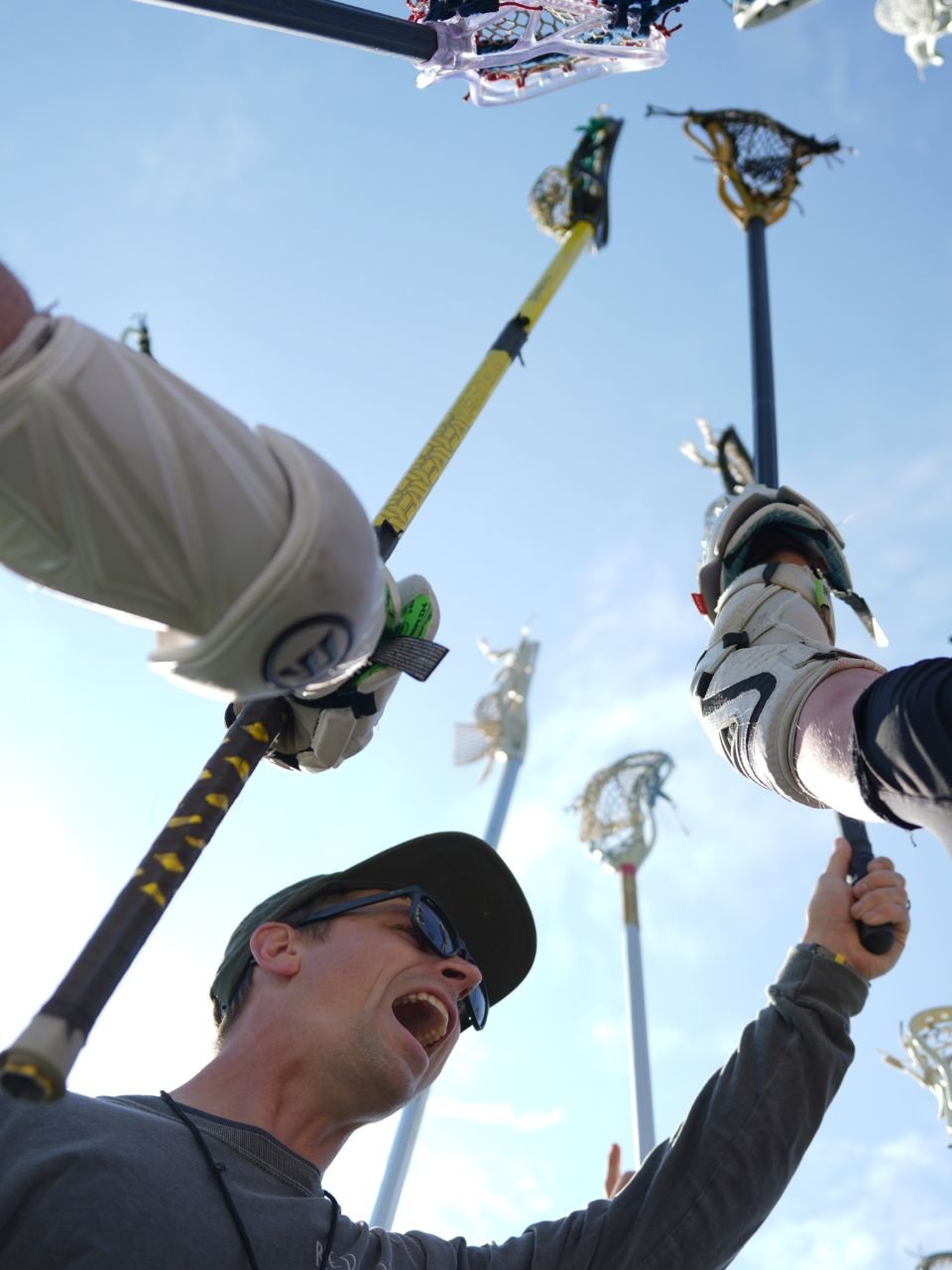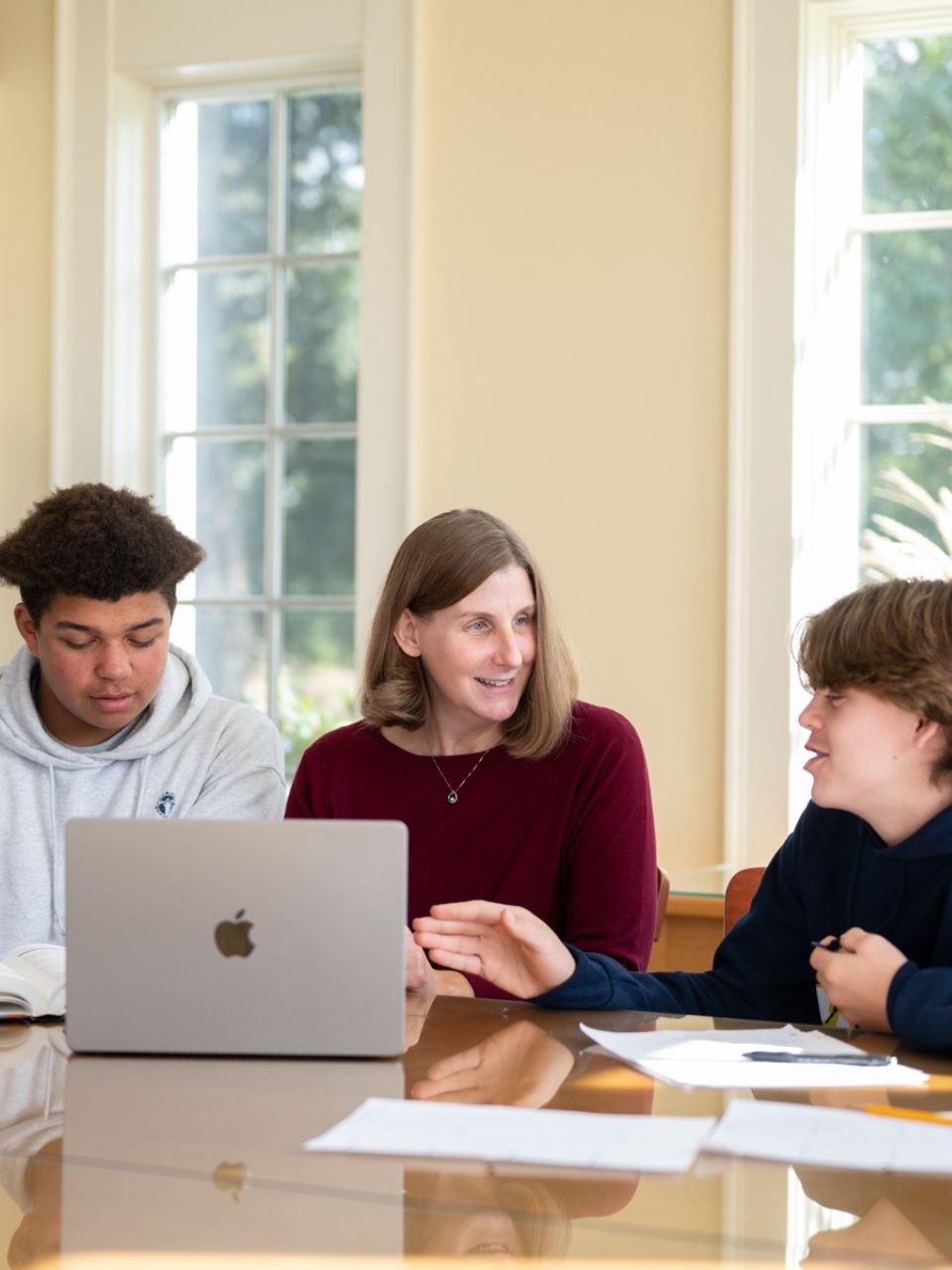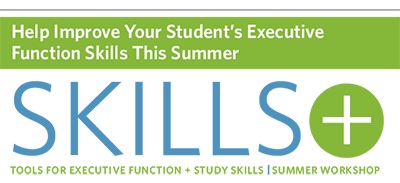- Our School
- Our Advantage
- Admission
- Elementary•Middle School
- High School
- Summer
- Giving
- Parent Resources
- For Educators
- Alumni
« Back
Project Based-Learning as a Tool to Boost Executive Function Skills
August 13th, 2018
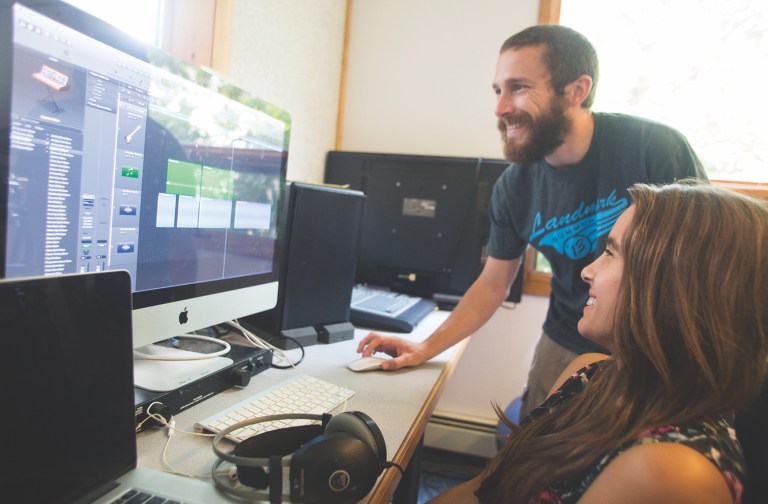
By Carl Gasowski
Walking into the STEAMworks Technology Department in the school where I teach, one might see a student working on a computer-controlled wood carving, or perhaps constructing and programming a drone, or maybe even composing and recording music. Aside from the common workshop and studio space that these students share, they also benefit from the experience of using hands-on, project based-learning as a means to develop and understand their thought process.
Five-Phase Production Process
In the STEAMworks Technology Department students move through the development of each project in five phases. They start by identifying what they want to learn about, including skills and content. Next, they brainstorm project ideas, select an idea to pursue, and begin the process of planning. During this phase, students are encouraged to sequence the steps needed to complete their project while researching the materials they may need and anticipating potential challenges. It’s a phase that can teach both the importance of simplicity and the nuances of complexity. The planning and design phase accounts for the bulk of their project and is ripe with opportunities for conversations about their thought process, strategies, and design choices.
After completing their plans, students begin to visualize the fabrication of their products as they move into the prototyping or drafting phase. They might build a smaller model, test a concept for an individual component, or practice a technique before they move onto the building phase. During the building phase students get to see their ideas come to life. They can identify where their plan was successful and where it may have fallen short. Finally, at the completion of a project, it’s all about evaluating the process and the result. If additional drafts are to be made, then students assess where to make improvements.
Tangible Growth
Aside from planning and time management, moving through the whole process teaches patience, productivity, and perseverance. As an instructor on the sidelines of the process, the success and progression of student skills are tangible in the products that the students create, their awareness of the necessary steps, and their approach to challenges and obstacles.
About the Author
Carl Gasowski is a teacher in the Science and Technology Department at Landmark High School.
Posted in the category Learning.





